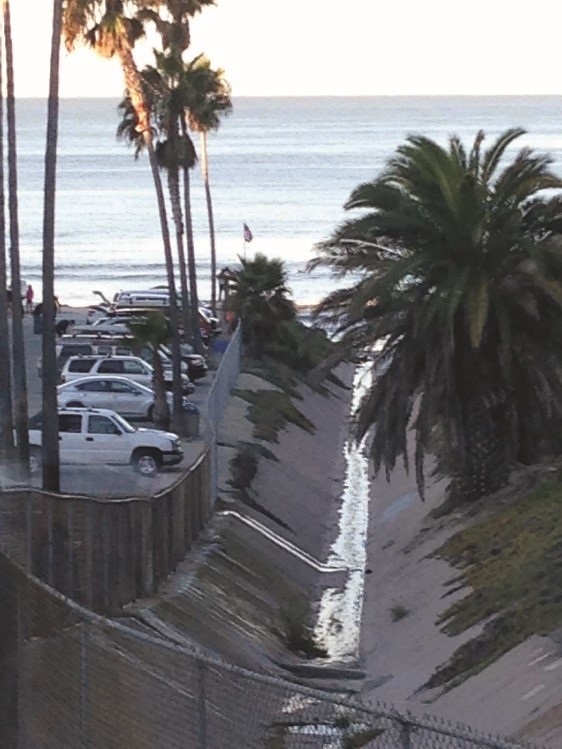Microbes in sewer pipes to be studied to glean insights about origins of fecal contamination

SCCWRP and its partners have launched a study investigating whether the microbial community that grows inside sanitary sewer pipes could provide insights into the origins of human fecal contamination found in aquatic environments across Southern California.
The study, launched in January, will examine whether the microbial community growing on the inner surfaces of the City of San Diego’s public sewer pipes is unique to this type of infrastructure, a finding that could help researchers discern whether leaking sewer pipes are responsible for human fecal contamination in urban waterways in the San Diego area.
Researchers at the University of Wisconsin, Milwaukee, found that a unique microbial community – commonly referred to as biofilm – lives inside Milwaukee’s sewer collection pipes, making it possible for researchers to trace human fecal contamination found in the region’s waterways back to sewer pipes.
For the San Diego study, researchers will seek to replicate Milwaukee’s approach to microbial source tracking. Working in collaboration with University of Wisconsin researchers, SCCWRP will use DNA sequencing methods to determine whether the composition of bacteria in San Diego biofilm samples is unique to the City’s sewer pipes, and whether it’s the same across various sampling sites.
The study is motivated by a long-term goal among the region’s water-quality managers to understand whether the human fecal signals that are widely detected in San Diego-area flood control infrastructure are coming from leaky public sewer systems, from defects in privately maintained sewer lateral lines and septic systems, or from humans depositing raw fecal material directly into waterways.
The biofilm community that lines the insides of sewer pipes is theorized to be the product of unique environmental factors, including temperature, moisture, darkness and a rich nutrient supply.
Because biofilm grows in thin layers on the inner surface of sewer pipes, these layers are constantly sloughed off as wastewater flows through the pipes, making the microbes ubiquitous in untreated sewage.
If the biofilm tracking method continues to show promise, researchers also will examine whether there are any differences in this biofilm community under wet vs. dry weather conditions.
Sampling in San Diego will continue through May, with results expected as early as this summer.
For more information, contact Dr. John Griffith.
More news related to: Microbial Source Tracking, Microbial Water Quality, Top News